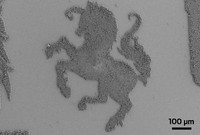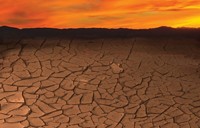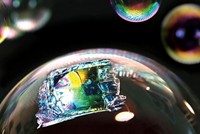Advertisement
Grab your lab coat. Let's get started
Welcome!
Welcome!
Create an account below to get 6 C&EN articles per month, receive newsletters and more - all free.
It seems this is your first time logging in online. Please enter the following information to continue.
As an ACS member you automatically get access to this site. All we need is few more details to create your reading experience.
Not you? Sign in with a different account.
Not you? Sign in with a different account.
ERROR 1
ERROR 1
ERROR 2
ERROR 2
ERROR 2
ERROR 2
ERROR 2
Password and Confirm password must match.
If you have an ACS member number, please enter it here so we can link this account to your membership. (optional)
ERROR 2
ACS values your privacy. By submitting your information, you are gaining access to C&EN and subscribing to our weekly newsletter. We use the information you provide to make your reading experience better, and we will never sell your data to third party members.
Nanomaterials
Chemistry In Pictures
Chemistry in Pictures: Small, small walls
by Manny I. Fox Morone
October 2, 2020

The tiny building blocks that form this crumbly wall are silver nanocubes just 75 nm tall. This raises the question, How did anyone stack these tiny, tiny cubes so cleanly? We have Harshal Agrawal and Erik Garnett to thank for that. The duo, a PhD researcher and a professor, respectively, at the University of Amsterdam, started by creating a sort of ink that consists of ethanol with nanocubes floating around inside it. After dropping the ink onto a surface, the researchers pressed it with a stamp patterned with nanosized trenches, which corralled the little cubes into the shape of trenches. Both the stackability of the cubes and fact that there’s very little space between them make them superior to nanospheres for constructing these kinds of structures. This technique is especially good for quickly making a lot of nanostructures out of small cubes that have uniform crystalline structures, such as an array of thin-walled rings (below), which might be useful for making solar cells.

Credit: Harshal Agrawal. Read the paper in ACS Nano (2020, DOI: 10.1021/acsnano.0c04793)
Do science. Take pictures. Win money. Enter our photo contest here.





Join the conversation
Contact the reporter
Submit a Letter to the Editor for publication
Engage with us on Twitter